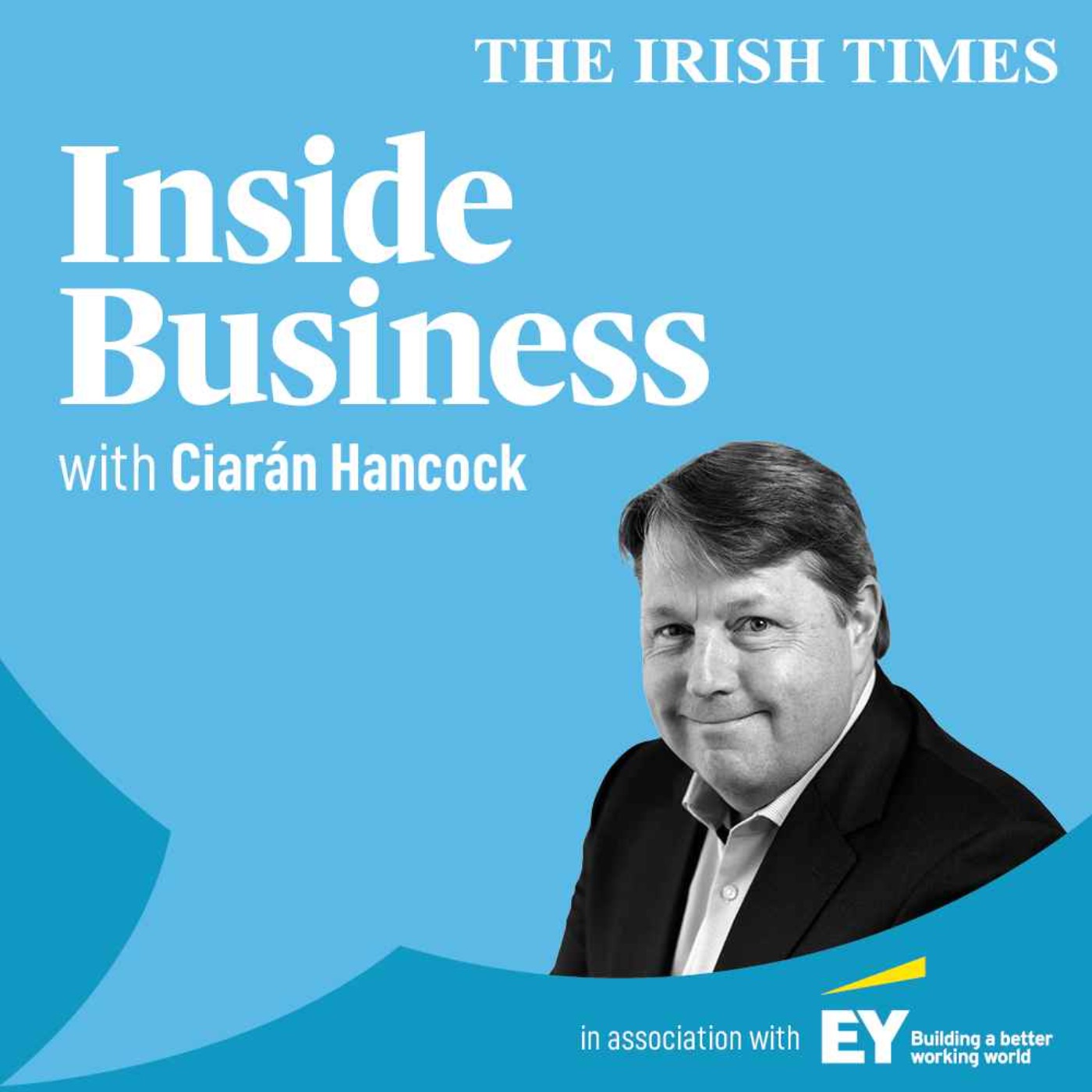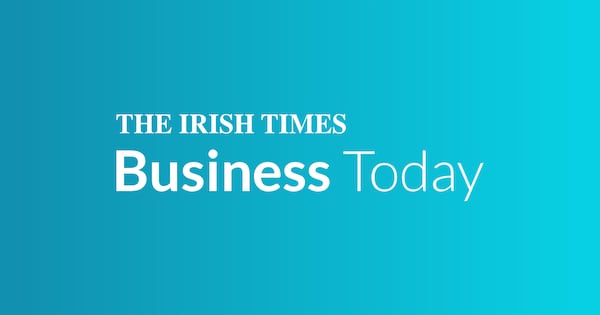The European Central Bank (ECB) left interest rates unchanged on Thursday, after cutting official borrowing costs eight times over the past 13 months, as the governing council awaits an outcome of EU trade talks with the Trump administration and the implications for inflation.
The ECB kept its key deposit rate at 2 per cent, as was widely expected by economists and financial markets. However, economists generally expect the governing council to reduce official rates by a quarter of a percentage point in September as inflation hovers around the ECB’s 2 per cent target.
The bank’s main lending rate, to which ECB tracker mortgage are linked, remains at 2.15 per cent.
“Domestic price pressures have continued to ease, with wages growing more slowly,” ECB president Christine Lagarde said at a press conference after the decision. “At the same time, the environment remains exceptionally uncertain, especially because of trade disputes.”
READ MORE
US President Donald Trump has threatened to triple a basic tariff on imports from the EU to 30 per cent if Brussels does not cut a deal by August 1st, casting a cloud over the future of transatlantic trade. Negotiators from the EU are currently said to be edging towards accepting US import tariffs of 15 per cent as the price of an accord. However, it is expected that discussions will end up going to the wire.
The ECB cut its deposit rate from 4 per cent to 2 per cent between June 2024 and last month, following a flurry of rate hikes over the previous two years to rein in inflation.
[ ECB officials question whether euro has strengthened too muchOpens in new window ]
The rapid reduction in rates has come as euro zone inflation has fallen back to the ECB’s 2 per cent target, as of June, from a peak of 10.6 per cent seen in late 2022. Officials at the central bank expect consumer price growth to even out at 2 per cent for the whole year, too.
“The governing council is determined to ensure that inflation stabilises at its 2 per cent target in the medium term,” Ms Lagarde said, adding that the banks is currently in wait-and-see mode.
The bank said that future interest rate decisions will be based on its assessment of the inflation outlook and the risks surrounding it. “The governing council is not pre-committing to a particular rate path,” Ms Lagarde reiterated.

How will the updated National Development Plan shape Ireland in years to come?
Stephen Grissing, director of investments with Davy’s private clients arm, said hurdle for additional cuts has risen now that the ECB deposit rate now near what is consider a neutral rate.
“Despite positive signals in recent days, uncertainty around global trade policies remain elevated and poses downside risks to the growth outlook – leaving the door open for further easing before year-end if economic conditions deteriorate,” he said.
Deutsche Bank’s chief European economist, Mark Wall, said that if trade uncertainty fades, the combination of a resilient economy and significant increase planned spending by euro zone countries will eventually translate into upside risks to inflation.
“Markets are not far away from switching focus from the last cut to the first hike,” he said.
On the other hand, the euro’s more than 13 per cent advance against the dollar so far this year may serve to weigh too heavily on consumer prices, according to some economists. The ECB is already forecasting inflation will fall short of its goal next year, to average 1.6 per cent.













